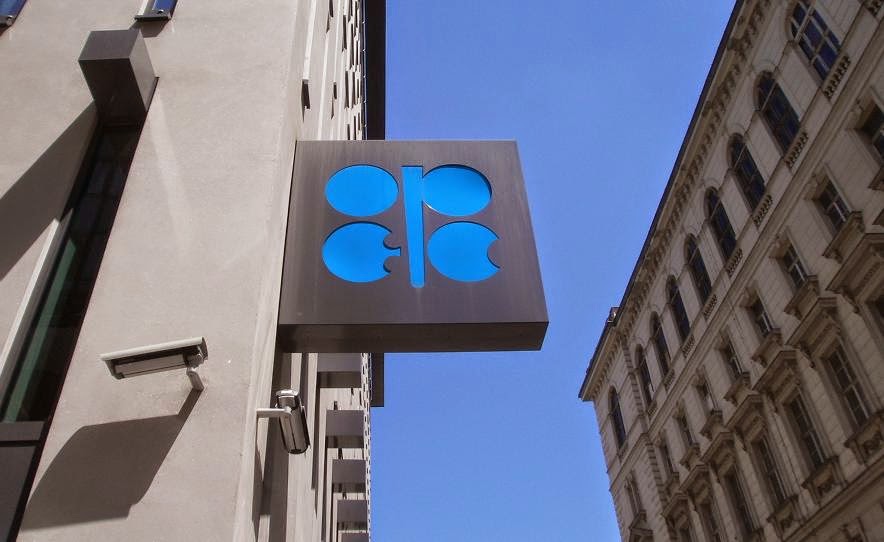Much of the chatter they are offering is about utilising cloud computing, and, of course, pitching innovations in new areas such as machine learning, artificial intelligence (AI), Internet of Things (IoT) and serverless computing for energy operations. Not to be left behind, hardware sellers are offering the energy sector custom-designed processors, chips, workstations, platforms and advanced robots.
Parking the noise from the techies aside, the day also saw yet more ministers and officials offer soundbites and rub shoulders with energy CEOs, movers and shakers. Before the final Day IV is out on October 5, around 40 odd ministers would have spoken here. Among them India's Energy Minister Hardeep Singh Puri who said on Tuesday that his country can cope with a $100 oil price should it happen but the development was likely to be "recessionary" for the rest of the world. (More here on Forbes)
Among other developments, ADIPEC delegates were also told that Abu Dhabi would soon be taking its 2GW capacity solar farm located in its Al Dhafra region online. When it does go online, the farm might well be the fourth largest in the world (More here on Forbes)
Meanwhile, Ashraf Al Ghazzawi, Executive Vice President of Strategy and Corporate Development at Aramco opined that the energy transition is far from straightforward, particularly for a nation like Saudi Arabia.
"First, you have to appreciate the global energy system's scale and magnitude. You're talking about a global energy system of about 270 million barrels of oil equivalent. This system energises a $100 trillion global economy. If you fast forward to 2050, the global economy will double to $200 trillion with, give or take, two billion additional energy consumers coming.
"So any discussion, any plan on energy transition, will have to acknowledge the complexity and the magnitude but also understand that our assumptions and premises have to be underpinned with realistic expectations, realistic solutions and realistic paths towards the energy transition."
And finally, the Oilholic participated in another two sessions on the day. The first of these - held under ADIPEC's Decarbonisation Strategy Conference Stream - was titled "Carbon tax vs. subsidies: what is the best regulatory method to accelerate emissions reduction?" As the title suggests, a lively discussion on the two policy measures that can be used to accelerate emissions reduction followed, and of course free market solutions too.
Later on a busy afternoon, yours truly also hosted a second session under the Digitalisation in Energy stream titled "EV charging: Driving new energy business models powered by data insights."
It involved a discussion of how energy retailers are leveraging data insights to generate new EV business models and drive the energy transition. The all star cast of this pivotal discussion included Fiona Howarth, CEO of Octopus Electric Vehicles, Amr Adel, Regional VP for Asia at Shell Recharge, Alaa El Huni, Chief Business Officer of CAFU and Dr. Fan Zhu, Chief Technology Officer, Bayanat.
All in all, a hectic but rewarding Day II of ADIPEC. And that's a wrap. More to follow soon. Keep reading, keep it 'crude'!


















.jpg)

